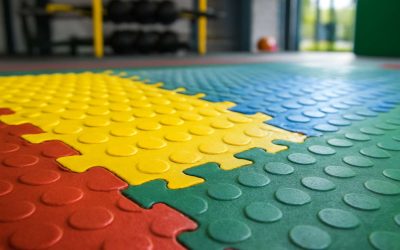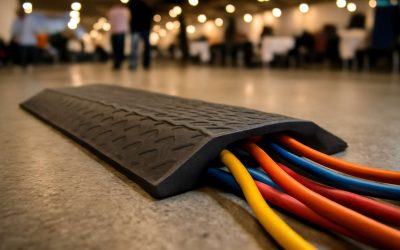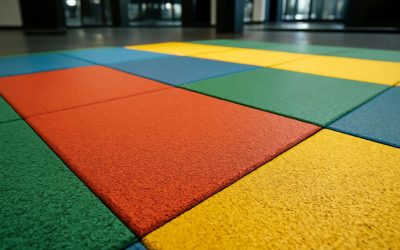
Rubber floors are great for absorbing impacts which makes them popular in areas that experience high volume foot traffic as well as gyms and weight rooms. This cushioning effect also helps make long periods of standing less taxing on the body reducing fatigue and injury. Depending on the texture and color of rubber flooring, it can even provide visual interest to spaces.
Rubber is an eco-friendly material and is made from recycled products such as old tires and natural latex. It is a good option for commercial and residential areas that are exposed to spills, heavy foot traffic and moisture. Unlike many other flooring materials, rubber is able to withstand abrasions and tears due to its elasticity.
The rubber floor manufacturing process begins with vulcanizing, which compresses the raw materials to form a solid and durable product. The product is then cut to size and mixed with other materials such as fillers, plastics, fabric and chemicals. Rubber is a very versatile material and can be manufactured into tiles, rolls, mats, and other shapes to suit the needs of any space.
Some rubber flooring is molded to create unique designs and patterns that add aesthetic appeal to interior spaces. These styles include coin, leaf and diamond plate textures as well as color options like gray and black. Some even mimic the look of wood flooring or ceramic tile.
Rubber floor tiles are the most common and convenient option for both commercial and residential locations. They are available in 12’ x 12’, 18’ x 18’ and 36’ x 36’ squares and can be installed over most other types of existing flooring without the need for glue or tape. The edges of the rubber tiles interlock and detach easily, allowing for installation in even irregularly shaped rooms.
For a more permanent installation, some customers opt to use the rubber roll. This longer product can be cut to length and is ideal for large areas such as gymnasiums and other large spaces. The product starts out as raw materials such as EPDM, recycled tires, and natural latex which are then mixed with a binding agent such as Polyurethane.
Rubber floors require regular maintenance and cleaning to extend their lifetime and keep them looking beautiful. It is important to vacuum and sweep the floors often to remove grit, dirt, dust and debris. Then, a routine cleaning using a non-abrasive soap and water is recommended to keep the surface of the floor clean and stain free. It is best to avoid harsh cleaners on a rubber floor as these can damage the surface over time. It is also a good idea to avoid cleaning your new floor for the first 72 hours after it has been installed as this is when the rubber is at its softest. This will help it to harden and become resistant to stains.



0 Comments